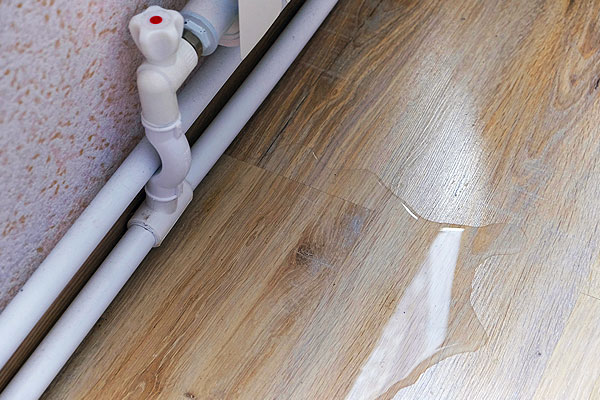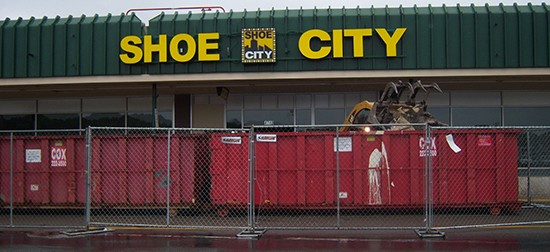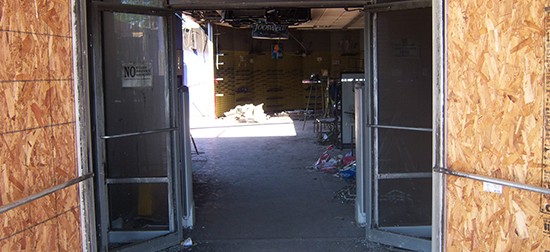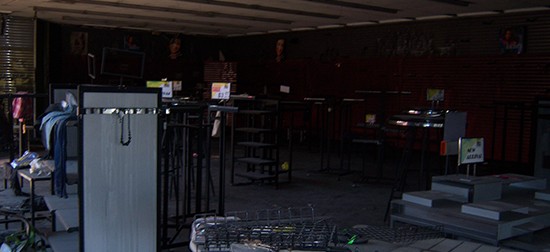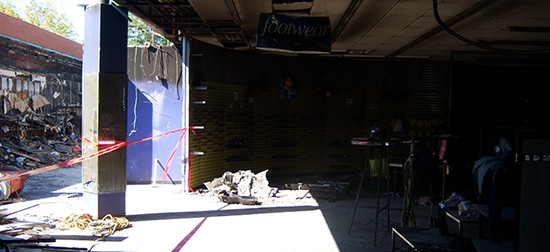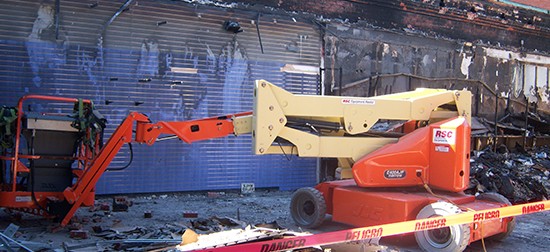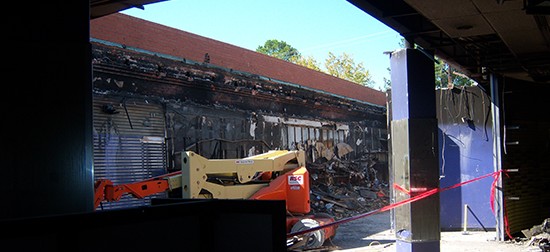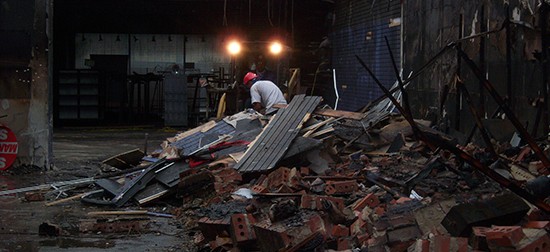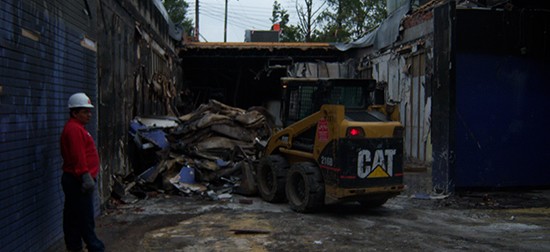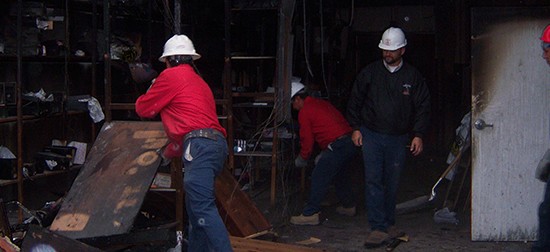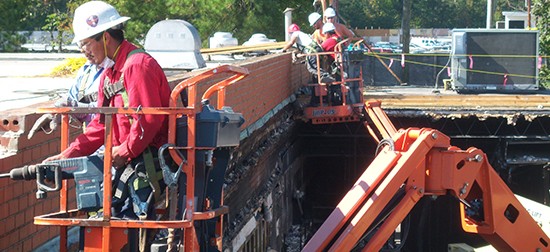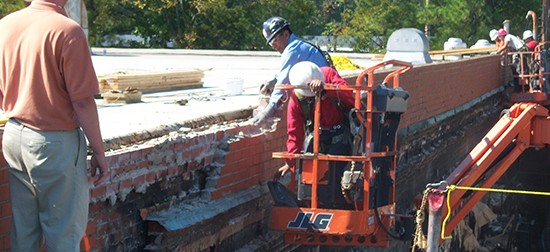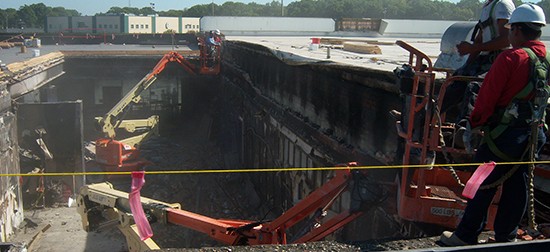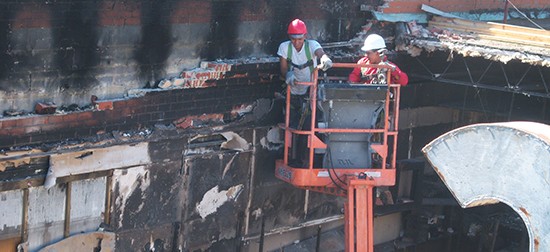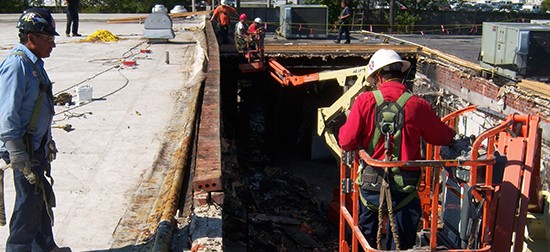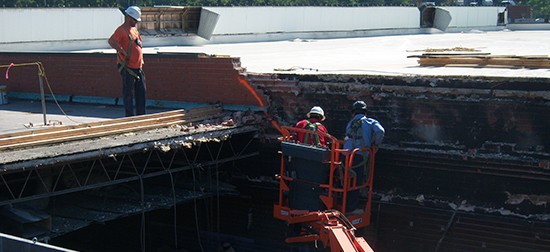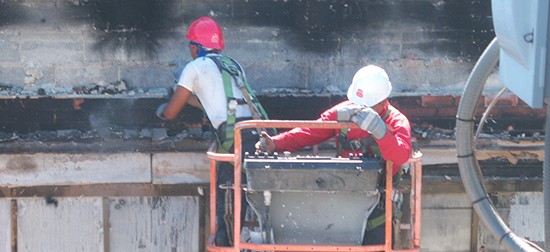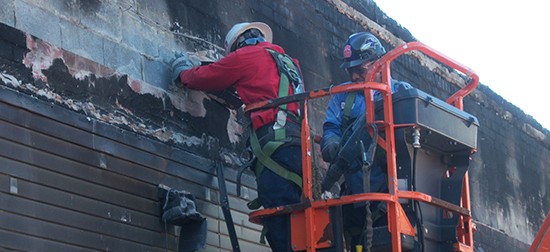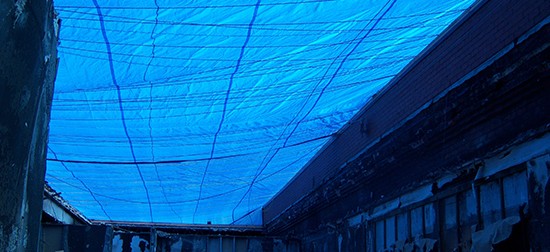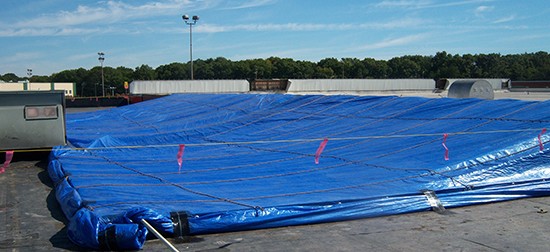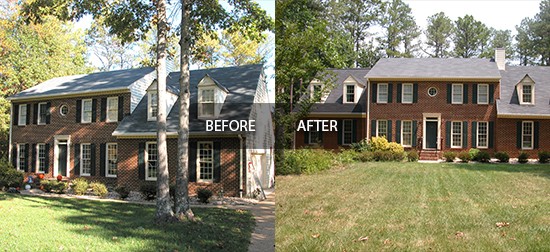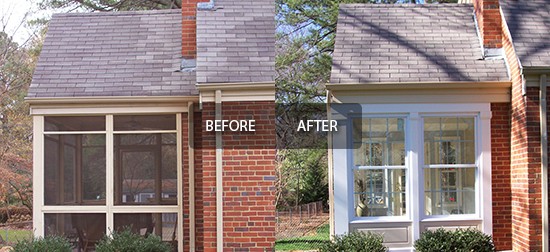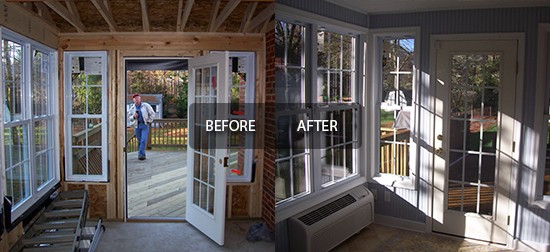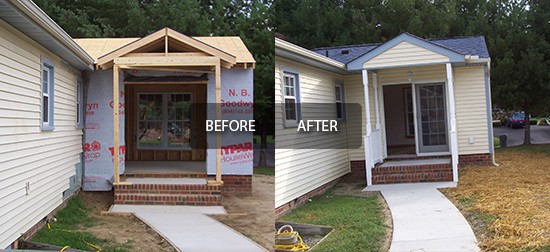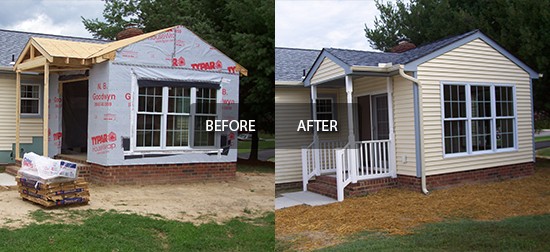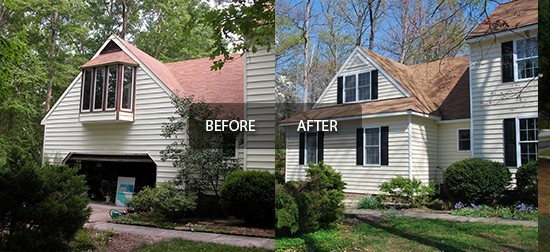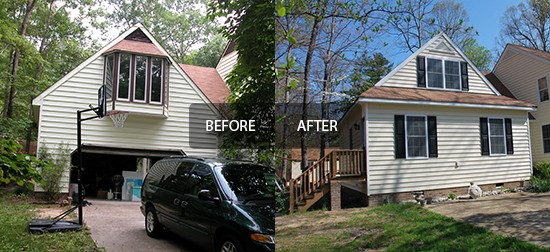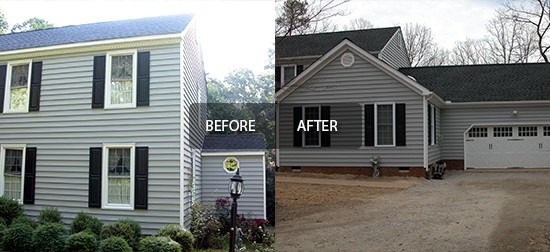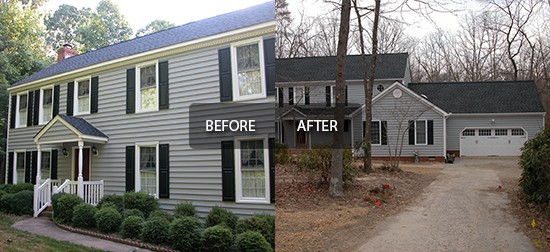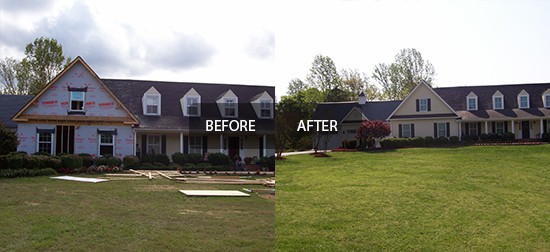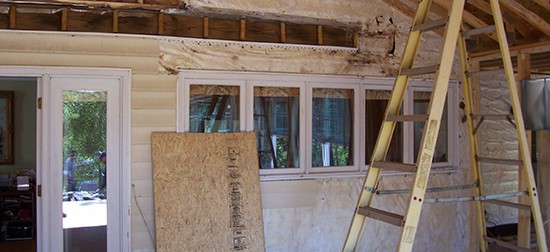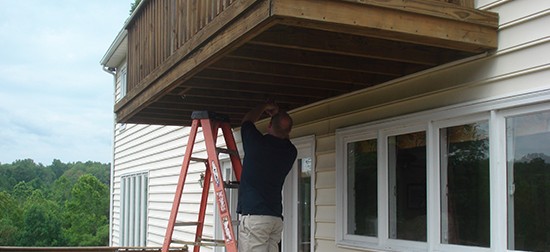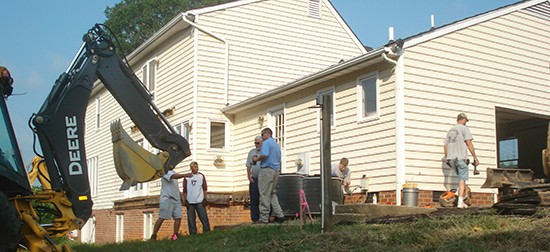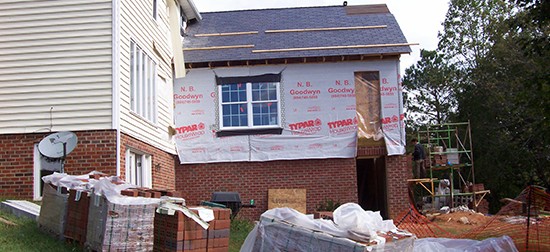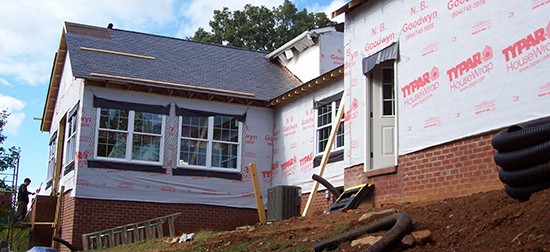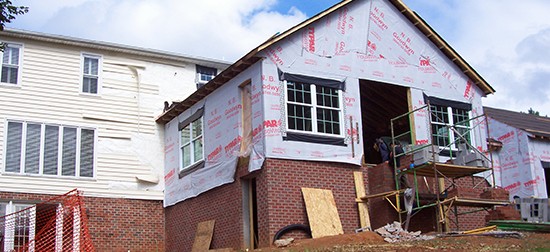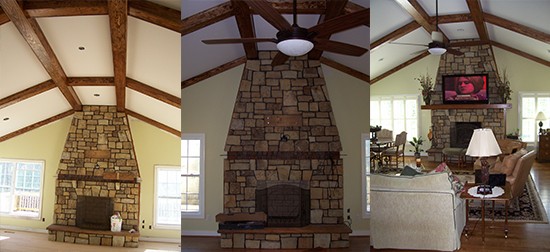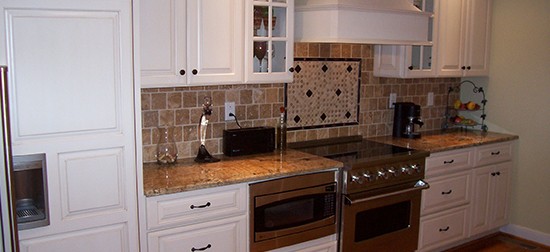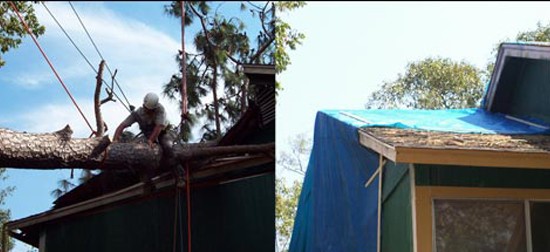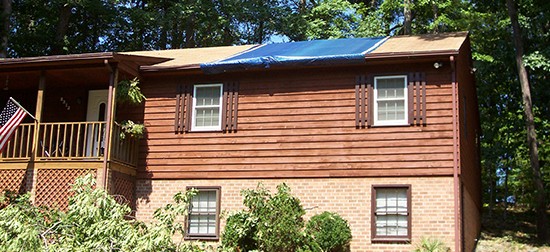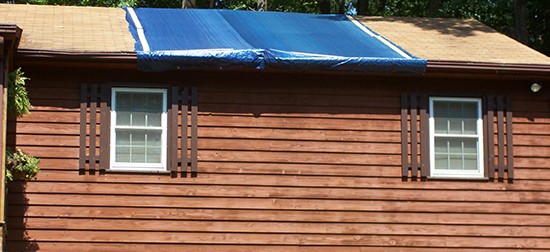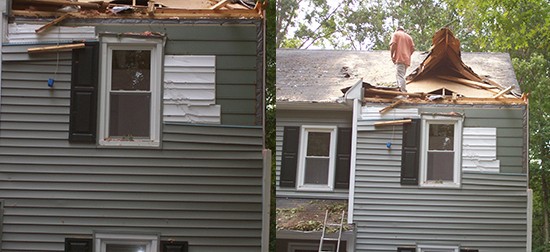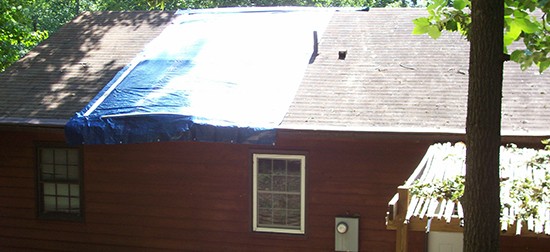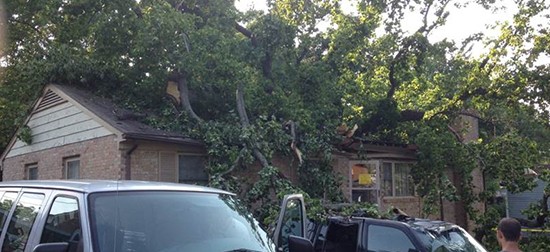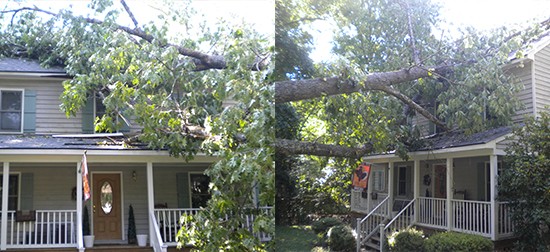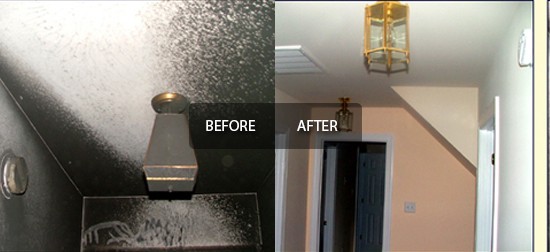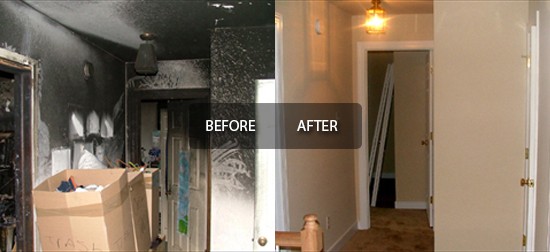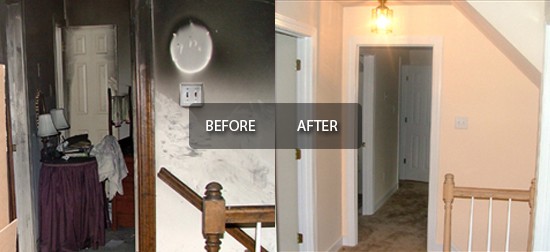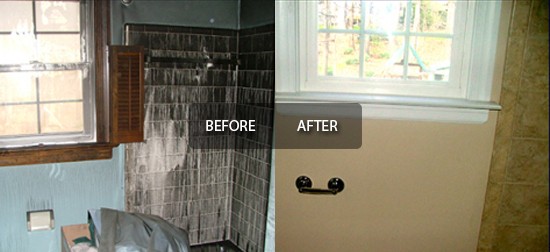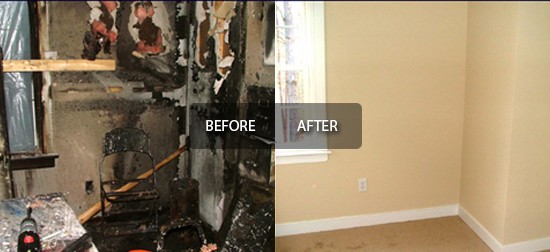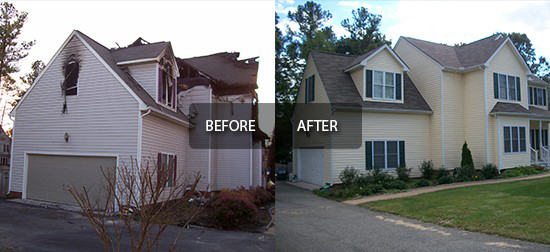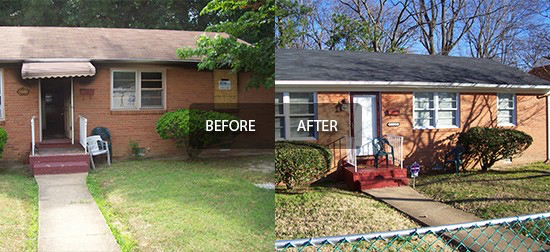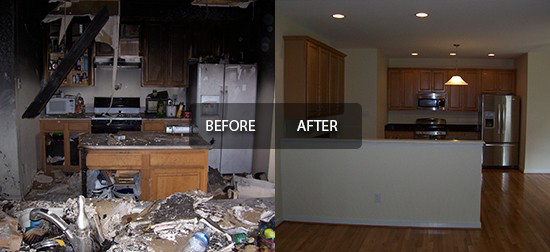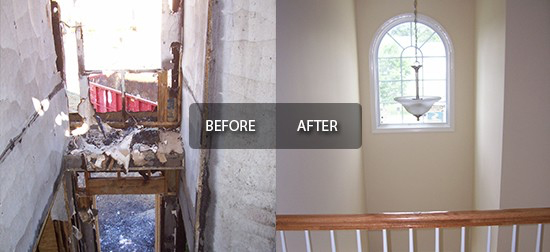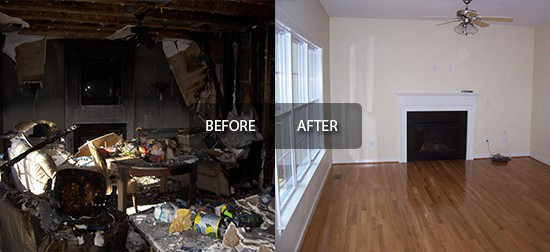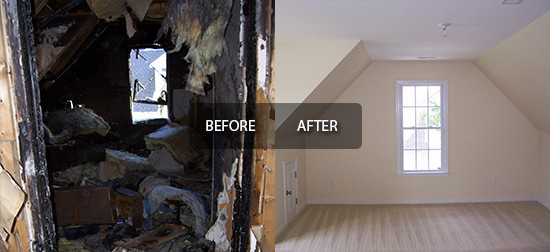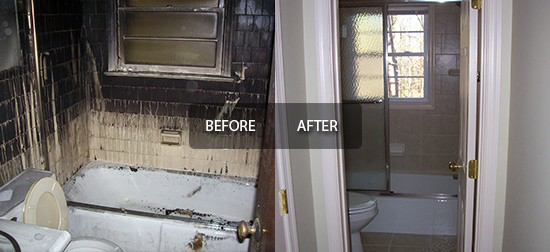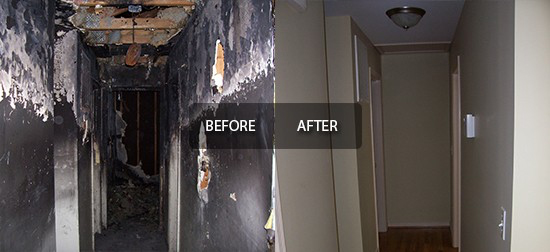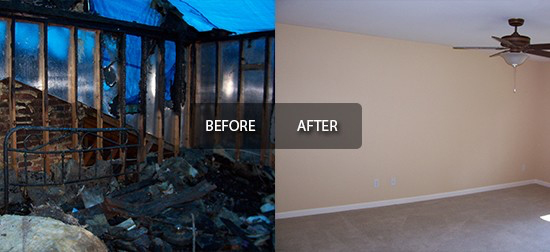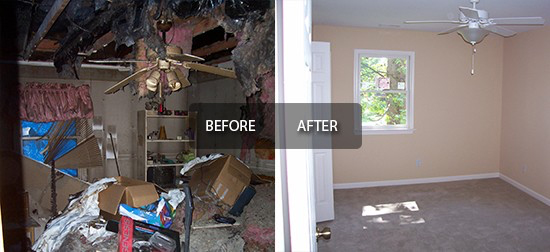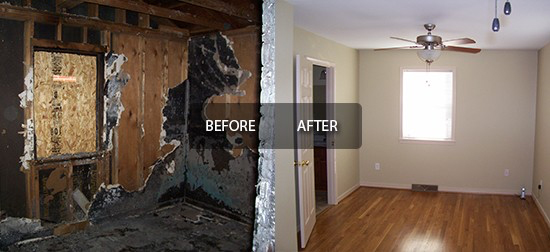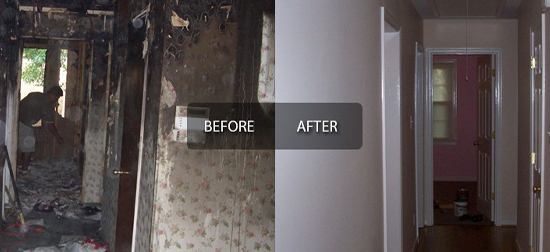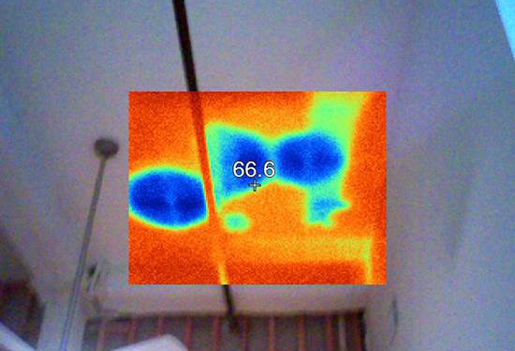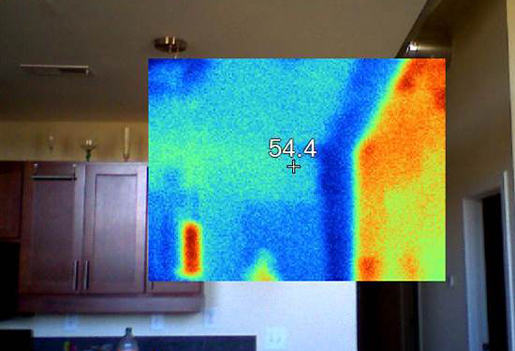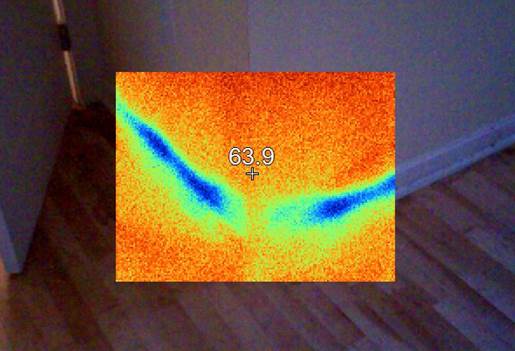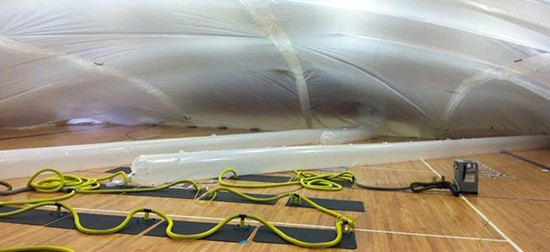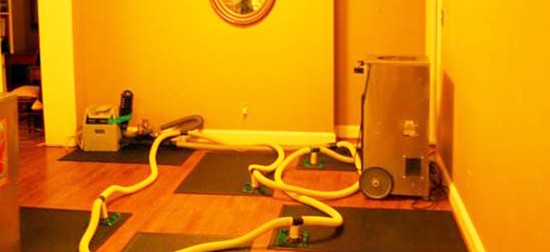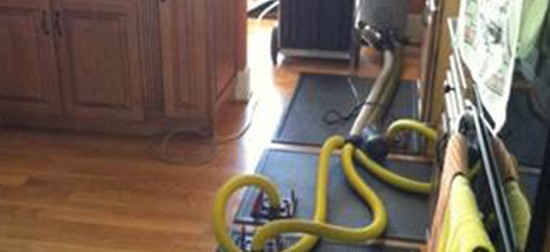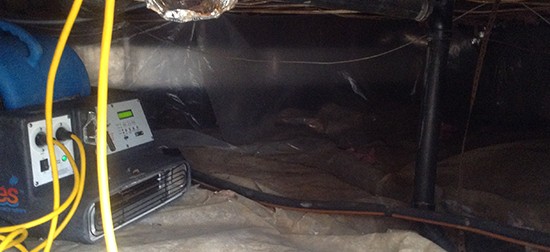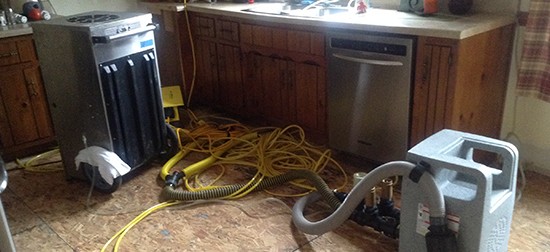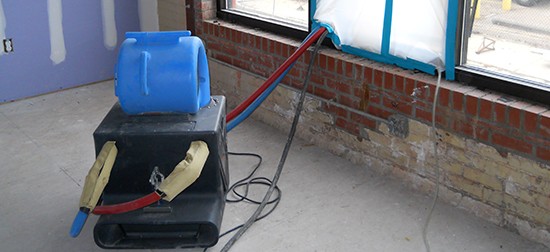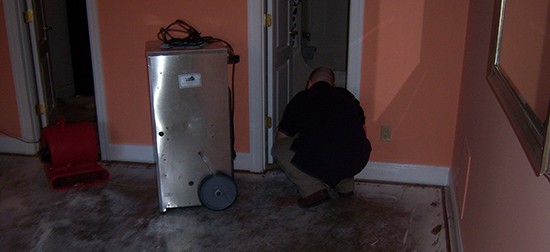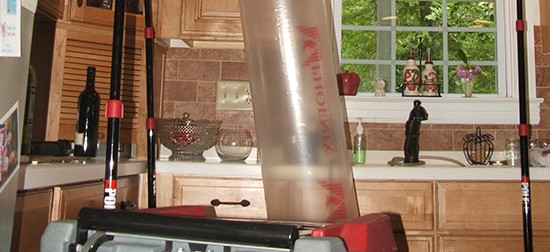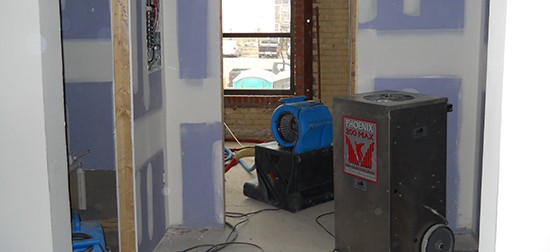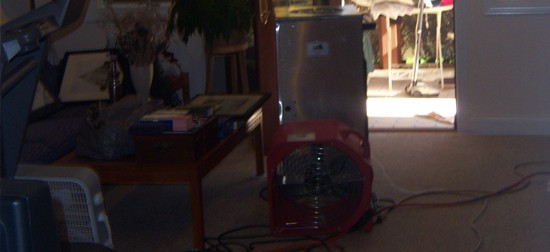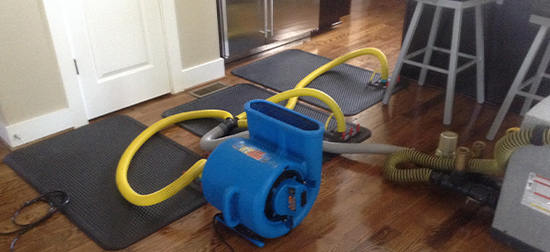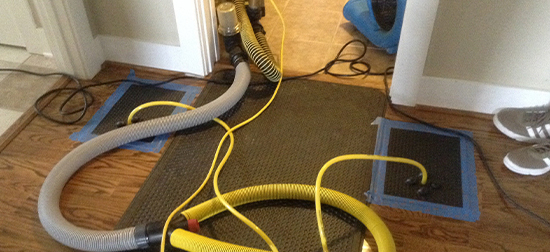Water is great after a run or when you’re looking to cool down in the summer, but you never want to see water in your home. Water damage happens to homes across the nation whether it comes from a pipe burst or a bad storm that led to flooding.
Regardless of where the water came from, the damage is always something nobody wants to deal with. Today, we want to look at both flood damage and traditional water damage. While they both seem like essentially the same issue, you may be surprised at what really makes them different.
Is There Really a Difference Between Flood and Water Damage?
Upon first glance, you would think that flood damage and water damage are just the same thing. When there is damage from a flood, there is bound to be damage from water. While that statement is technically true, there are many other factors that differentiate the two damages.
Those who deal with flood damage Richmond likely have much more on their mind that just the water in their homes. The two damage types are more similar than they are different, but we want to highlight what makes each situation a unique challenge to overcome.
Flood Damage
The Cause
Flood damage is when an excessive amount of water enters into the home by some force that is often unpredictable and unavoidable. When there is an excess of water from a storm with nowhere to go, that water can enter into a home and leave several inches or even several feet of water depending on the severity of the storm.
In some cases, flooding can actually be caused by an internal problem at both commercial and residential sites. If a building has a large water system inside it and something goes wrong, that water can easily fill up the bottom floor and cause a similar flooding results to that of a storm.
The Damage
As you can assume, the damage caused by flooding is often rather substantial and causes a wide variety of issues. When that much water builds up above the floor, anything that was on the floor would have been damaged and potentially destroyed depending on how bad the flooding was.
Flood water is also likely very dirty as it flowed along the streets before eventually entering into the property. This means that the water is dangerous to be around and has the potential to eventually start to grow mold until it is fully cleaned up.
The Restoration
Once the water has taken its toll, it is up to you to call the right water damage restoration team to help get rid of any flood damage. Flood water can be damaging to whatever it hits and has the potential to damage structural components as well. Proper restoration helps ensure that the structural elements of the property are safe and prevents mold from growing.
If you fail to get restoration work done on a flood damaged property, it can cause serious issues almost immediately and down the line. Immediate issues can be things like additional damage to any objects in contact with the water and future damage can lead to mold growth that will be a whole other issues to deal with entirely.
Water Damage
The Cause
With flood damage coming from rather extreme conditions, water damage is unique in that it can come from much more subtle issues. For example, you can experience water damage with anything from a leaky pipe that causes damage to your walls to rainwater entering your roof because of a clogged gutter.
Unlike flooding, most common water damage comes from internal issues within properties that are a result of maintenance or self-inflicted issues. A rusted pipe can cause water to drip that you can’t see, but water damage can also happen when you simply overflow a toilet and have water spill onto the floor.
The Damage
Water damage in any of its forms is something that has time sensitivity surrounding it as any amount of water can cause damage to the home. Depending on where the water damage occurs, it may be as simple as mopping up the spilled water. However, cases involving a leaking pipe require a bit more work to properly deal with as the water is harder to find.
Water inside also like to find its way into hard to reach places and cracks that make it that much harder to deal with later on. Failure to clean up water immediately will lead to weakened structural areas and mold that is similar to what would happen during a flood situation.
The Restoration
Just like flood damage, any regular water damage needs certain levels of restoration if it is allowed to do damage over time. Water damage can have those long term headaches like mold if you don’t get proper restoration work as it likes to happen in piping areas that are not readily visible without you inspecting them.
Before you go ripping away at walls to try and find your plumbing, consider if there were any recent water issues that could cause if not addressed. You will often be able to see any hidden issues by looking for stains on the wall that will need restoration work once the damaged area is identified.
Key Takeaways
From storm water to a burst pipe, water damage in all its forms is something nobody wants to deal with at home. Flood damage may be more severe in the moment when you look at it, but water damage from anything is no laughing matter.
Taking the time to understand what makes water damage an issue and understanding how to prevent it will allow you to take the necessary action to make sure it doesn’t affect your life.
Call VRS!
Avoid flood and water damage headaches by working with VRS to get the restoration services you need when the water starts flowing.



